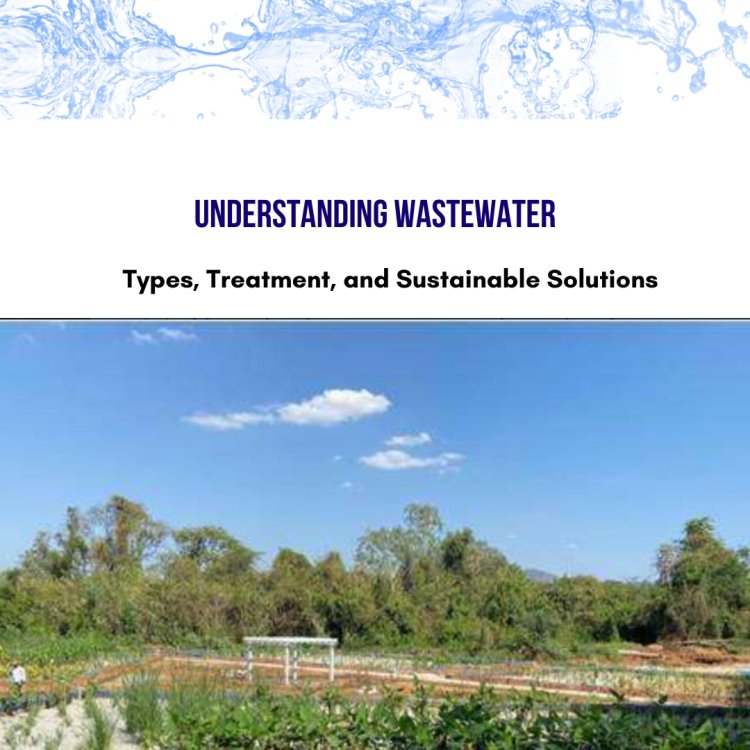Understanding Wastewater: Types, Treatment, and Sustainable Solutions
Explore the importance of wastewater treatment, its various types, and eco-friendly solutions like constructed wetlands and aerated systems for effective sewage and industrial waste treatment. Learn how these methods address water scarcity and protect our environment.
Share this Post to earn Money ( Upto ₹100 per 1000 Views )

Explore the importance of wastewater treatment, its various types, and eco-friendly solutions like constructed wetlands and aerated systems for effective sewage and industrial waste treatment. Learn how these methods address water scarcity and protect our environment.
Water, the lifeblood of our planet, sustains all living organisms. Yet, as we consume water for various purposes, it inevitably gives rise to wastewater, presenting a significant challenge waste water treatmeny to safeguard the environment and living beings.
Defining Wastewater
Wastewater refers to water that has lost its natural properties after fulfilling domestic, industrial, or agricultural needs. It comes in several forms:
Grey Water: Generated from household activities like cleaning, washing, and kitchen tasks without human waste.
Black Water: Originates from toilets and bathrooms, containing human excreta.
Sewage: A mix of grey and black water, loaded with diverse pollutants, can be recycled after effective treatment.
Industrial: Arises from industrial processes, containing dissolved or suspended organic and inorganic matter.
The Importance of Wastewater Treatment
Why is wastewater treatment essential?
Purification for Reuse: Treatment renders millions of liters of water reusable.
Eliminating Pollutants: Removes disease-causing bacteria, safeguarding living organisms.
Mineral Removal: Extracts minerals for agricultural use, especially from industrial wastewater.
Reducing Water Scarcity: Reusing water minimizes reliance on external water sources.
Enhancing Natural Resources: Releasing treated water improves natural water body levels.
Environmental Protection: Helps industries maintain compliance standards and preserves the environment.
Mitigating Discharge: Reduces the burden of daily waste water discharge on natural resources.
Sustainable Solutions: Constructed Wetlands
For residential and educational communities facing substantial water consumption, constructed wetlands emerge as a sustainable solution. These natural sewage treatment plants efficiently treat sewage, using natural vegetation to filter pollutants and remove nutrients. By avoiding harmful chemicals, they offer cost-effective domestic waste treatment solutions.
Effluent Treatment Plants for Industrial Waste: Aerated Wetland Systems
Industrial wastewater poses unique challenges due to its high levels of physical, chemical, and biological waste. Aerated constructed wetlands—Effluent Treatment Plants (ETPs)—provide a solution. These systems employ consistent aeration flows and adaptable configurations to handle fluctuating biochemical oxygen demand. Utilizing special macrophytes, they effectively treat industrial waste in primary, secondary, and hybrid stages.
In conclusion, wastewater treatment is imperative for preserving our ecosystems. Constructed wetlands and aerated systems present sustainable methods, catering to diverse waste types and effectively contributing to water conservation and environmental protection.








